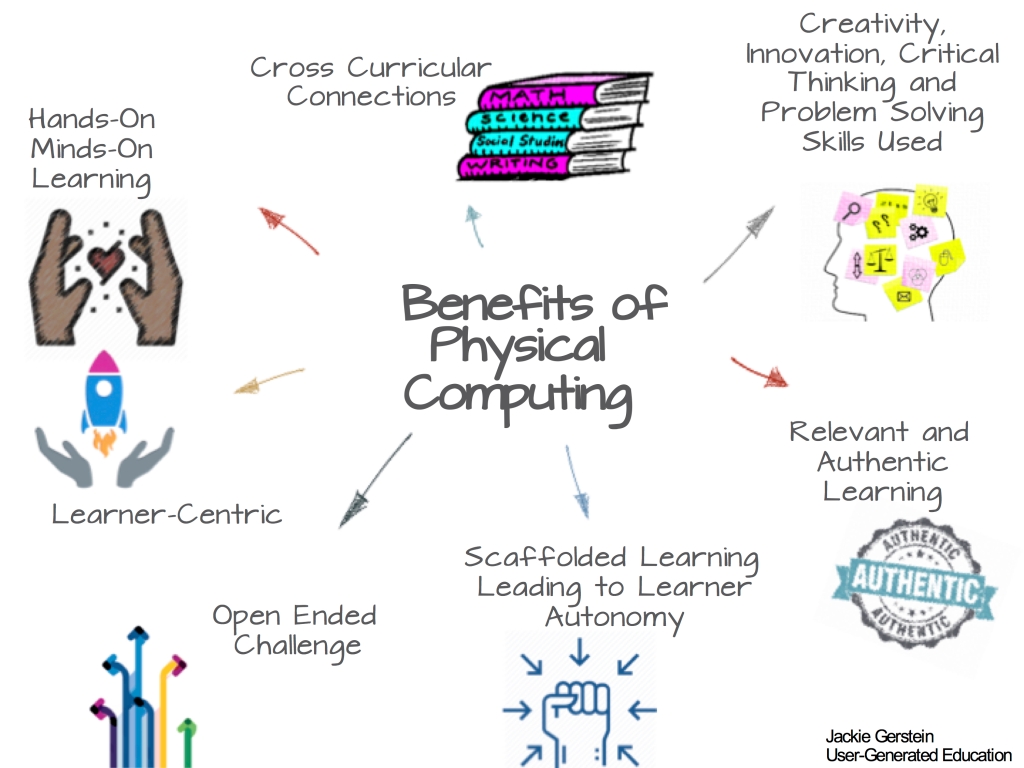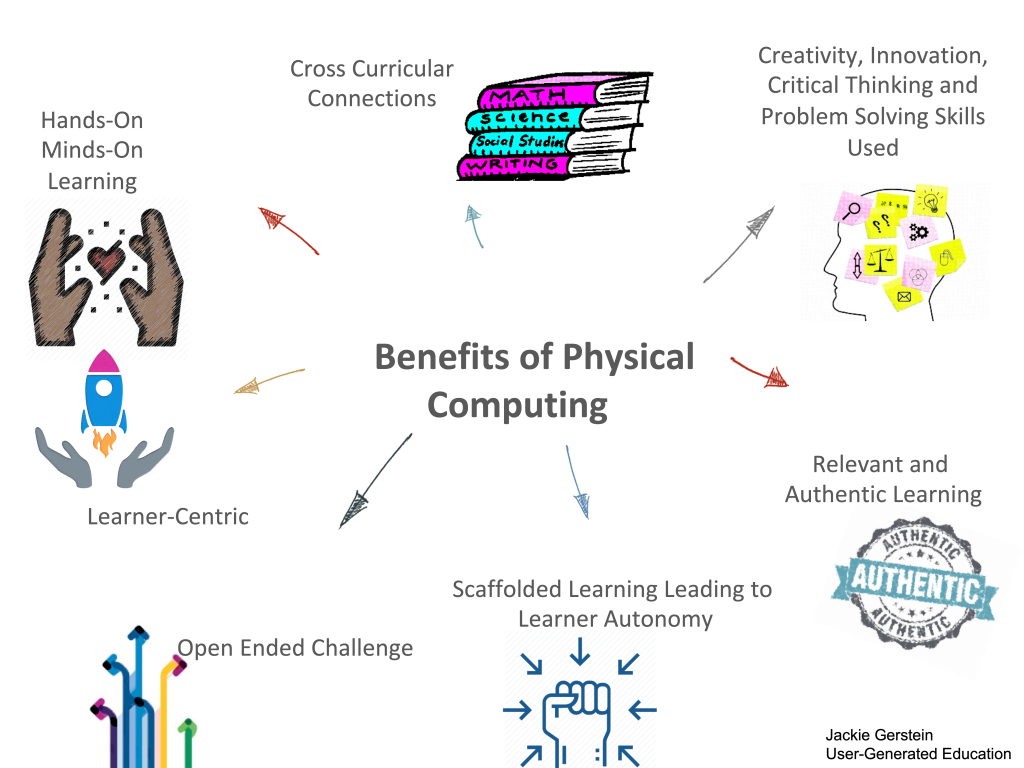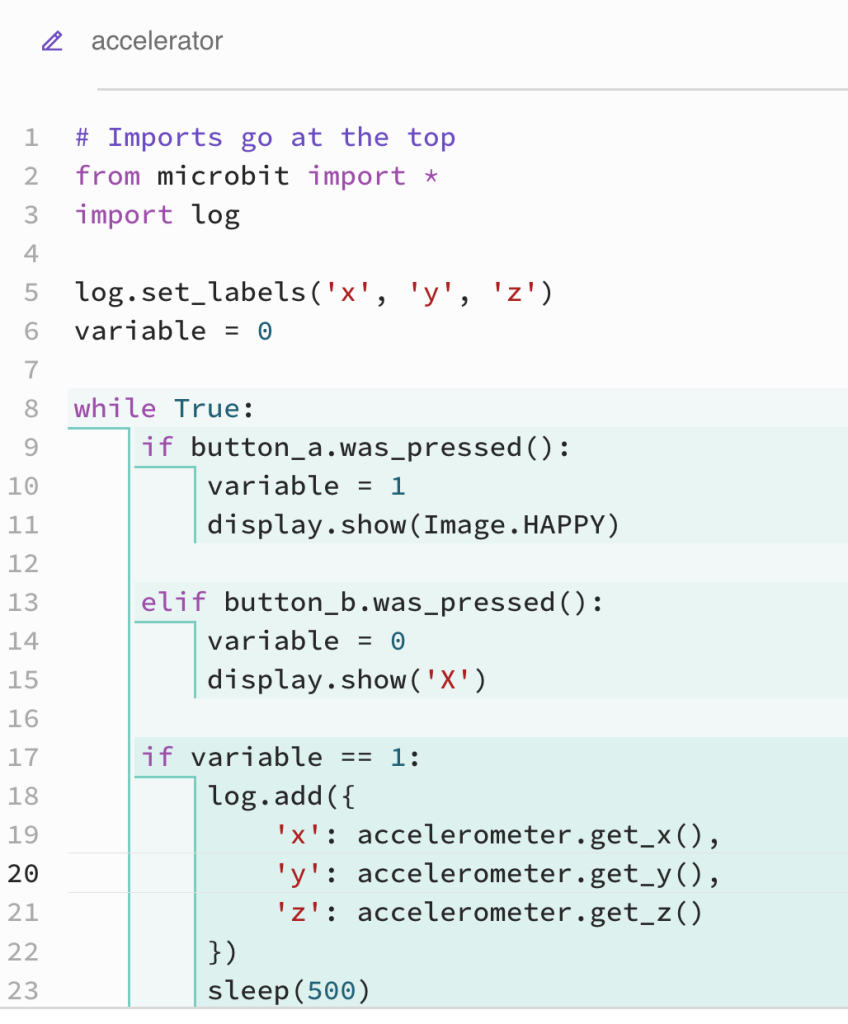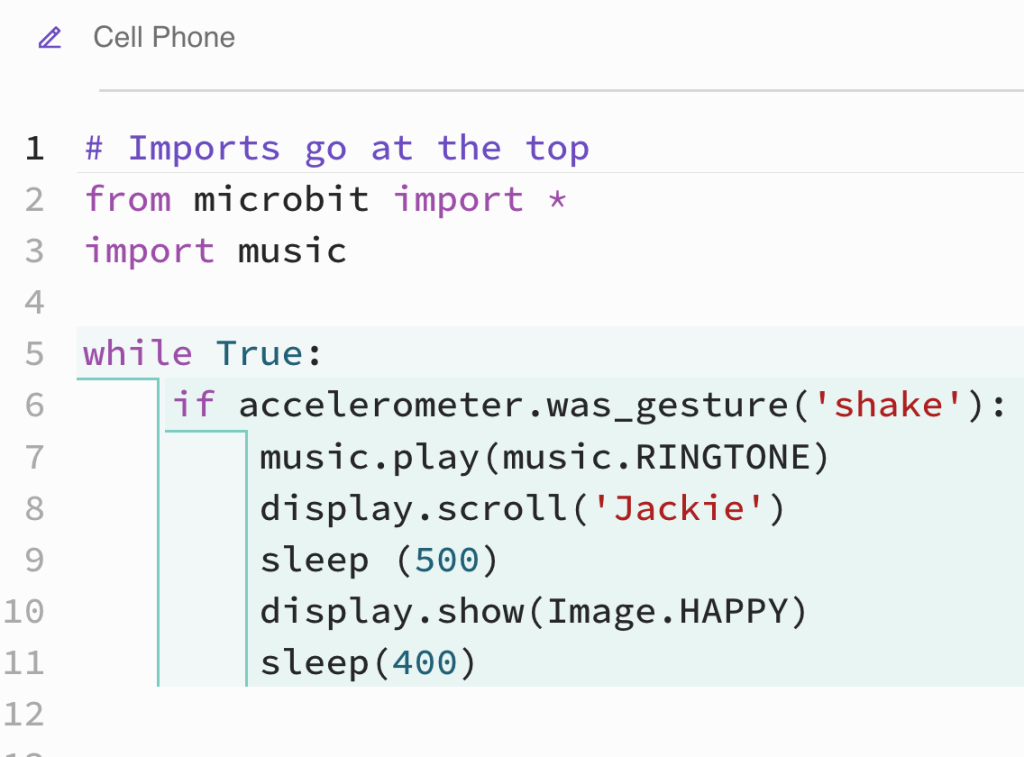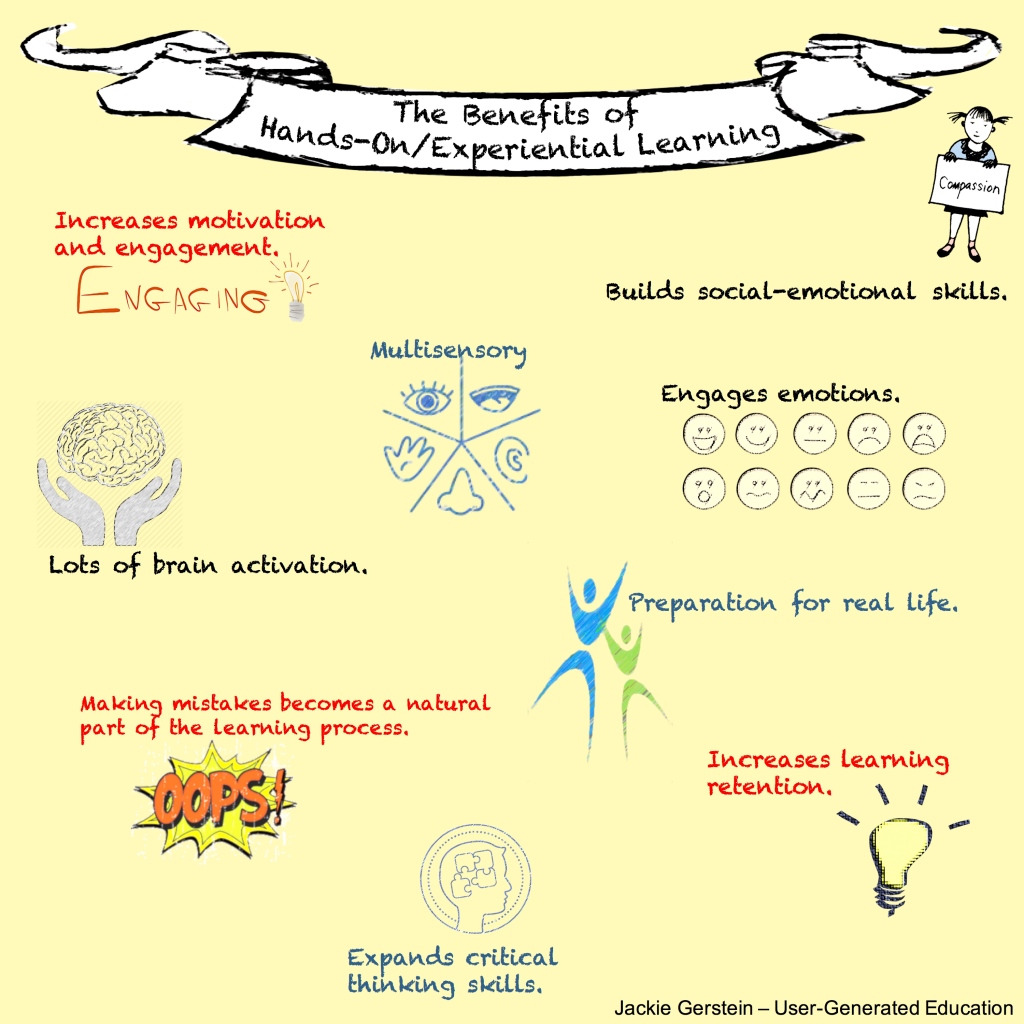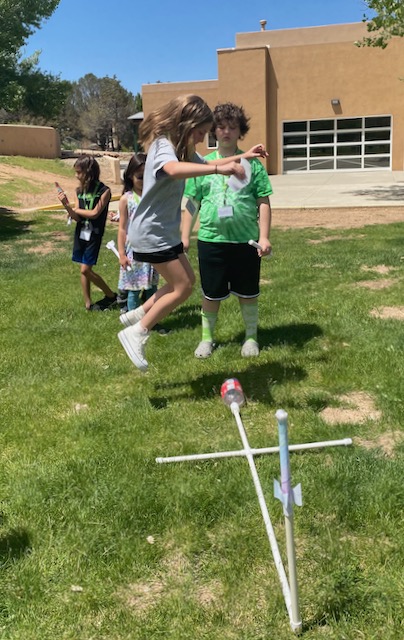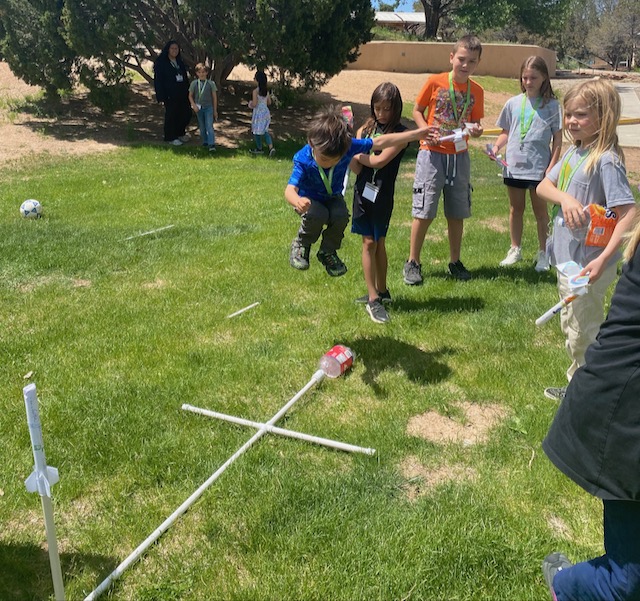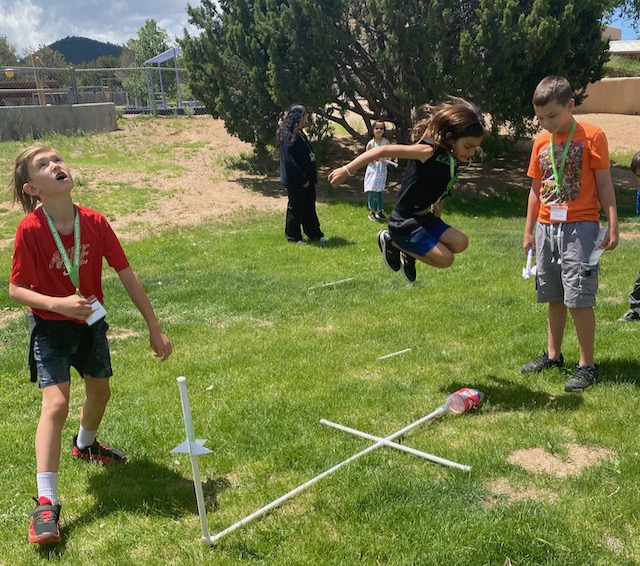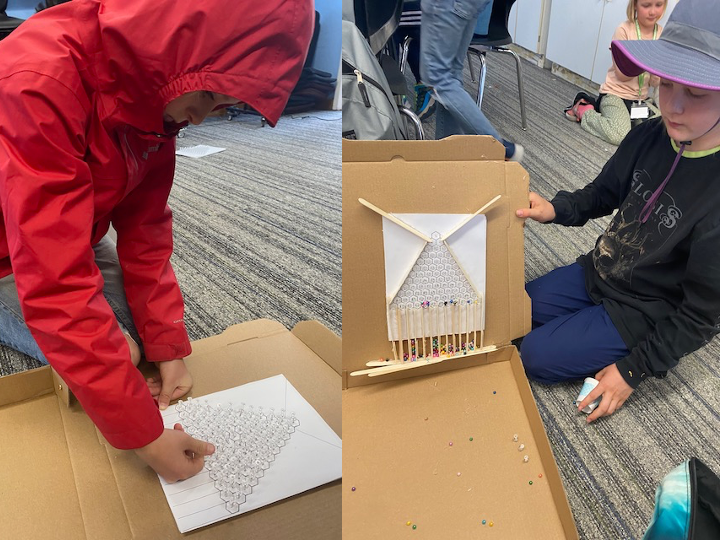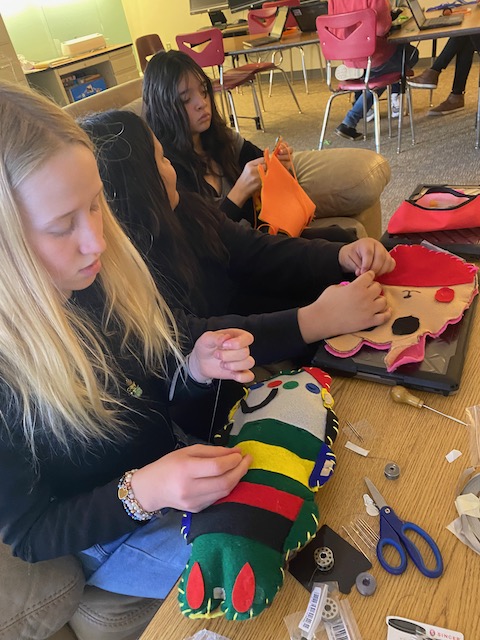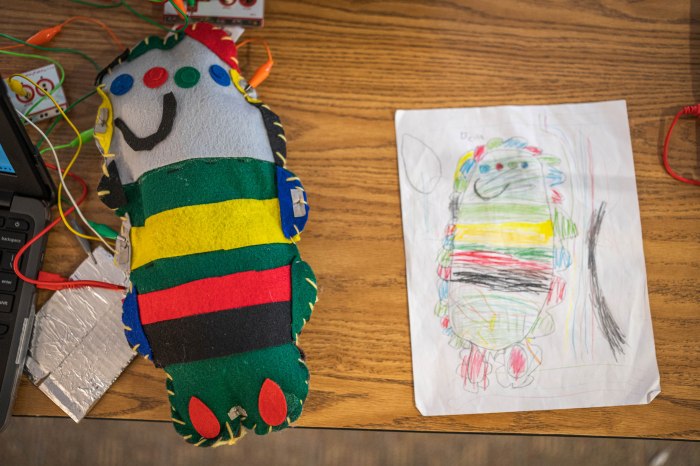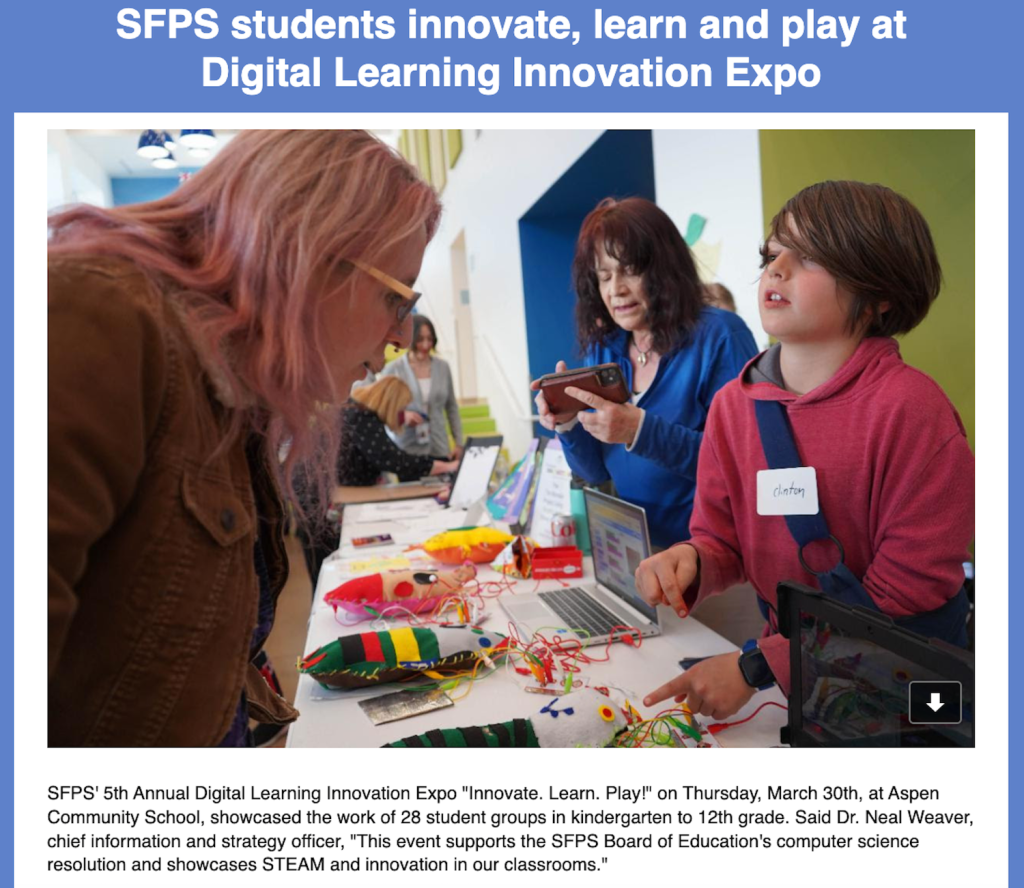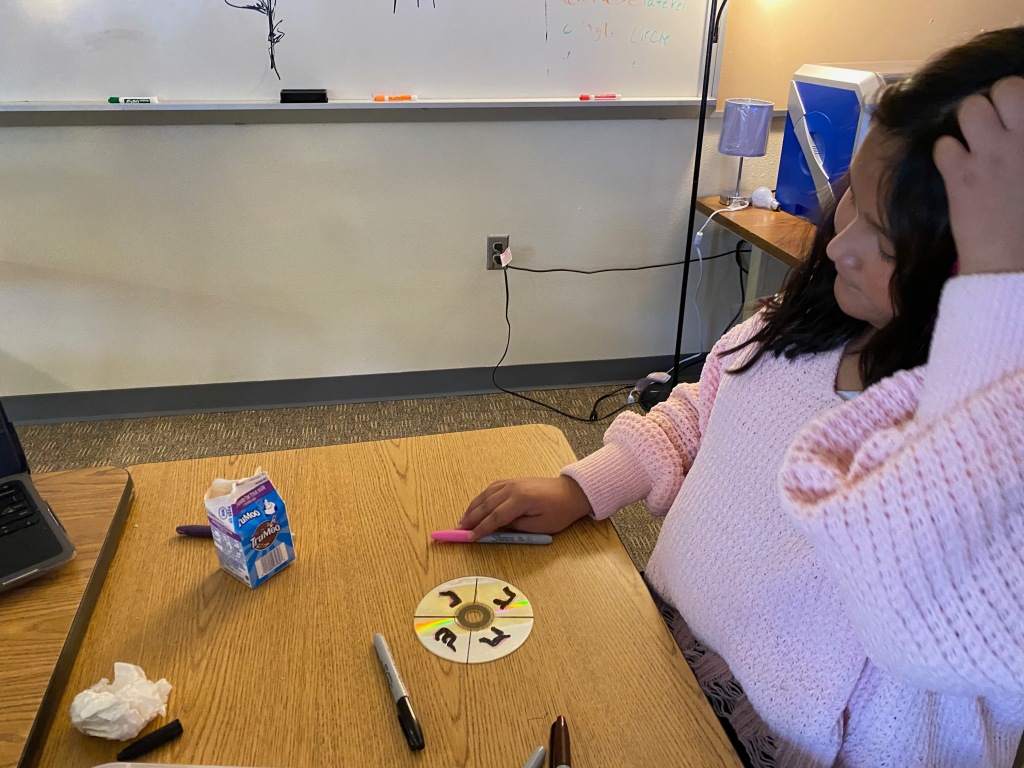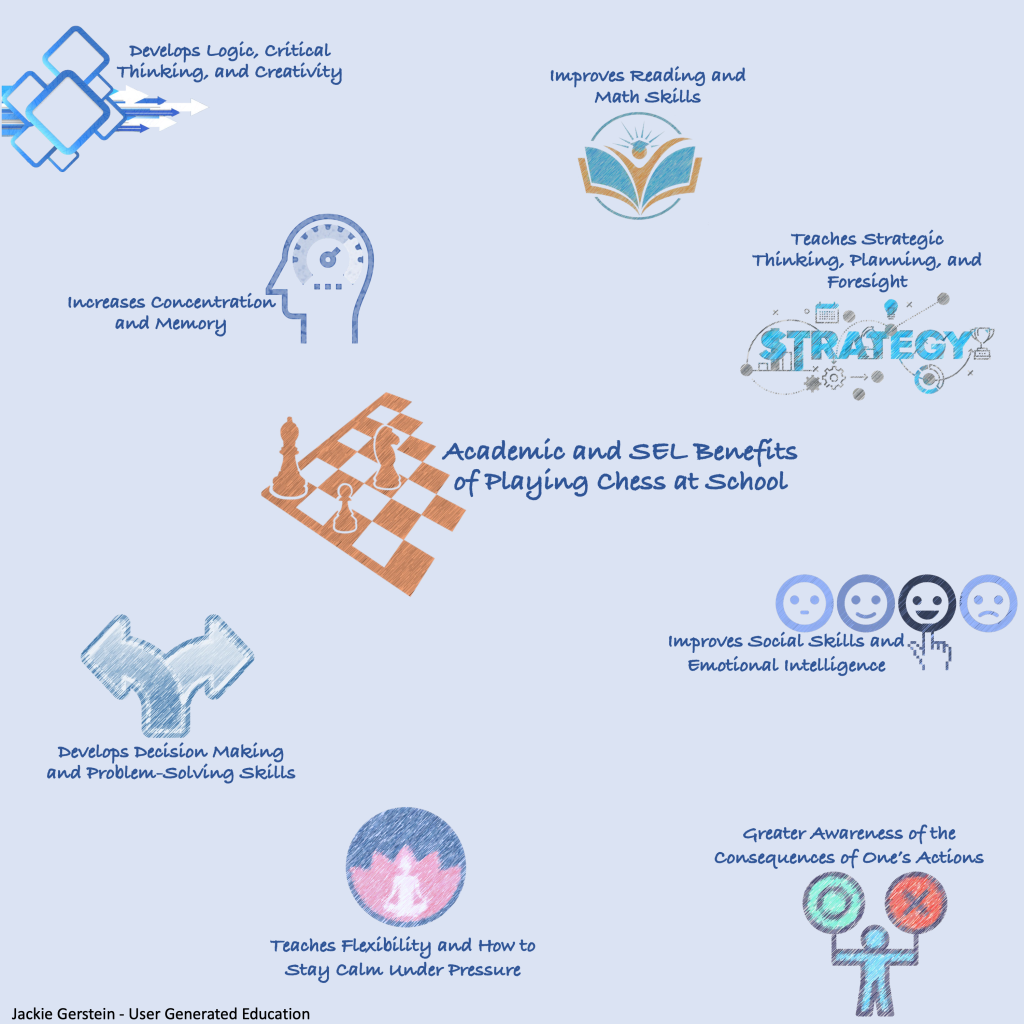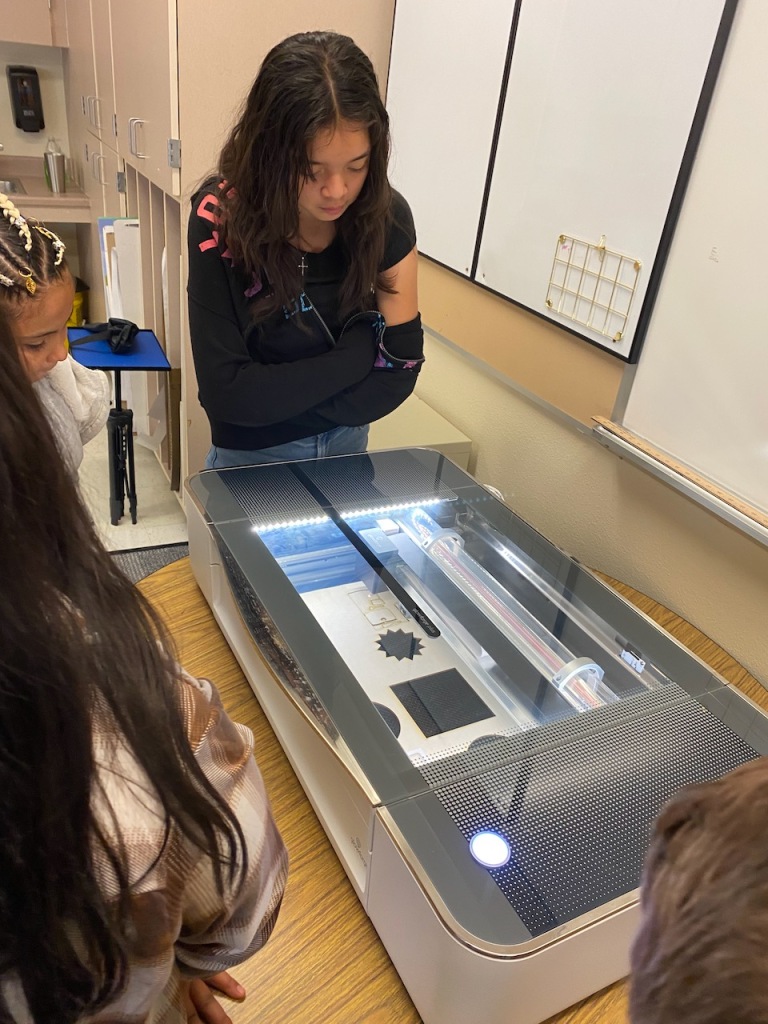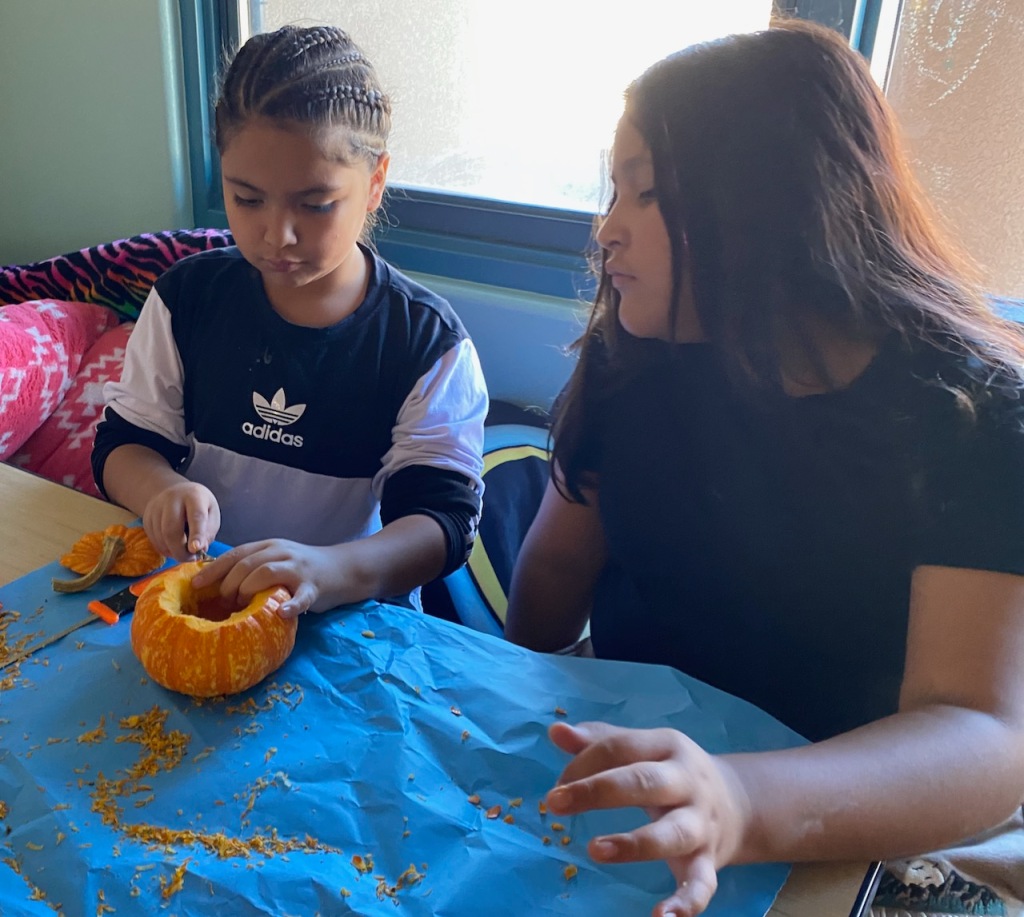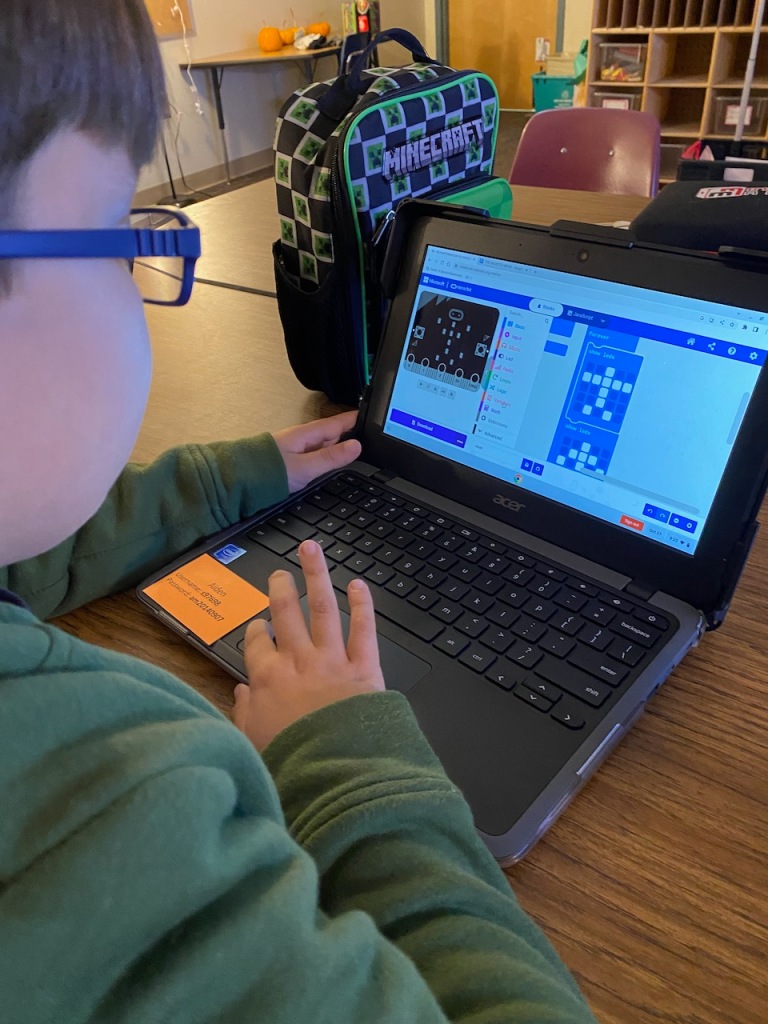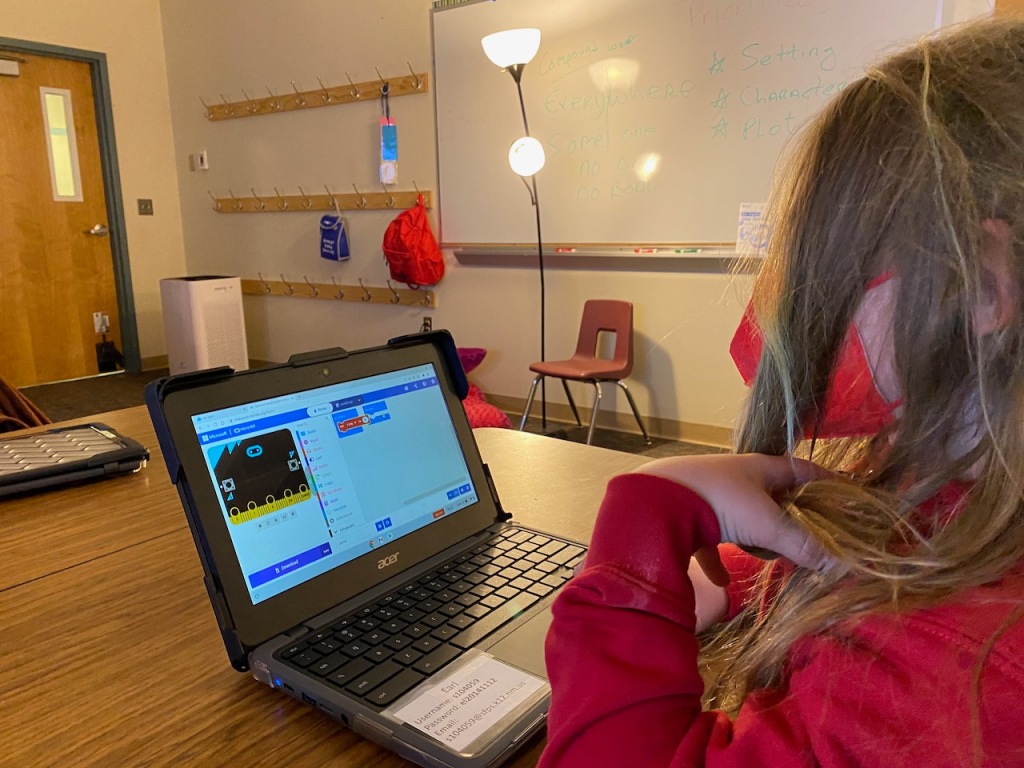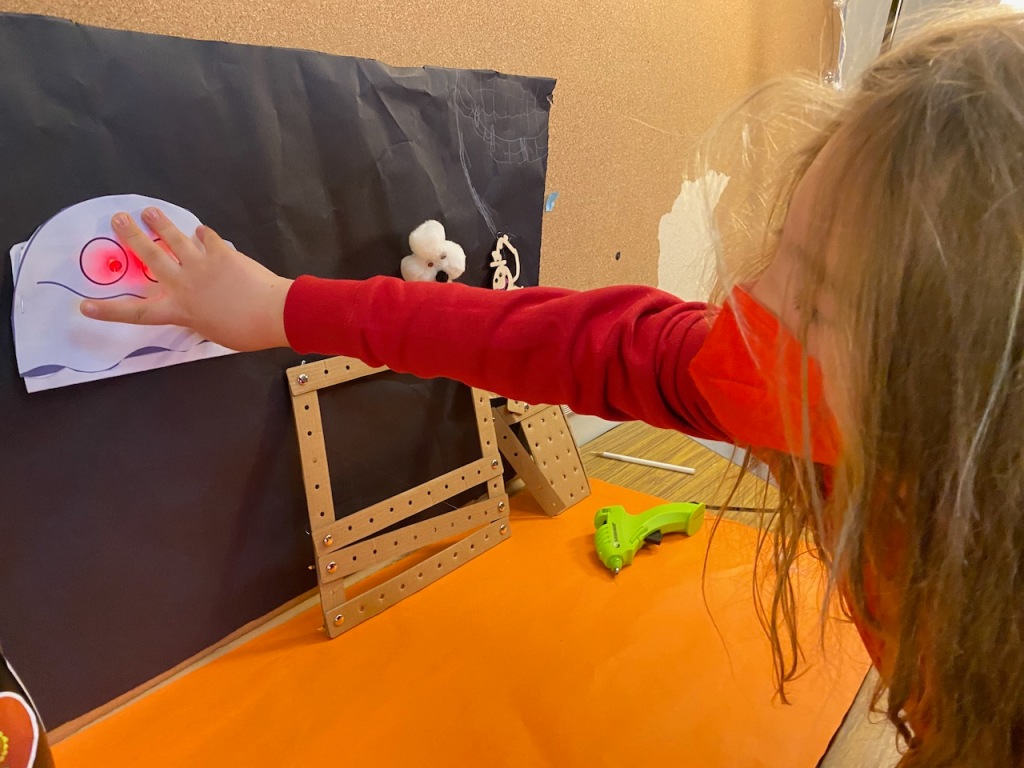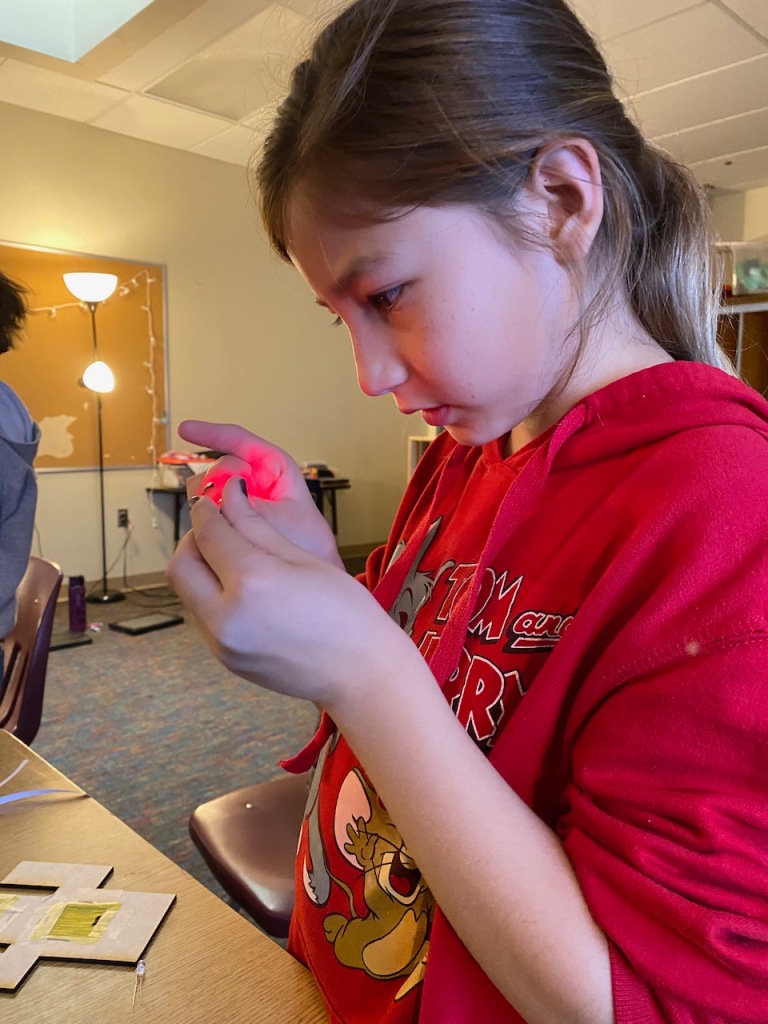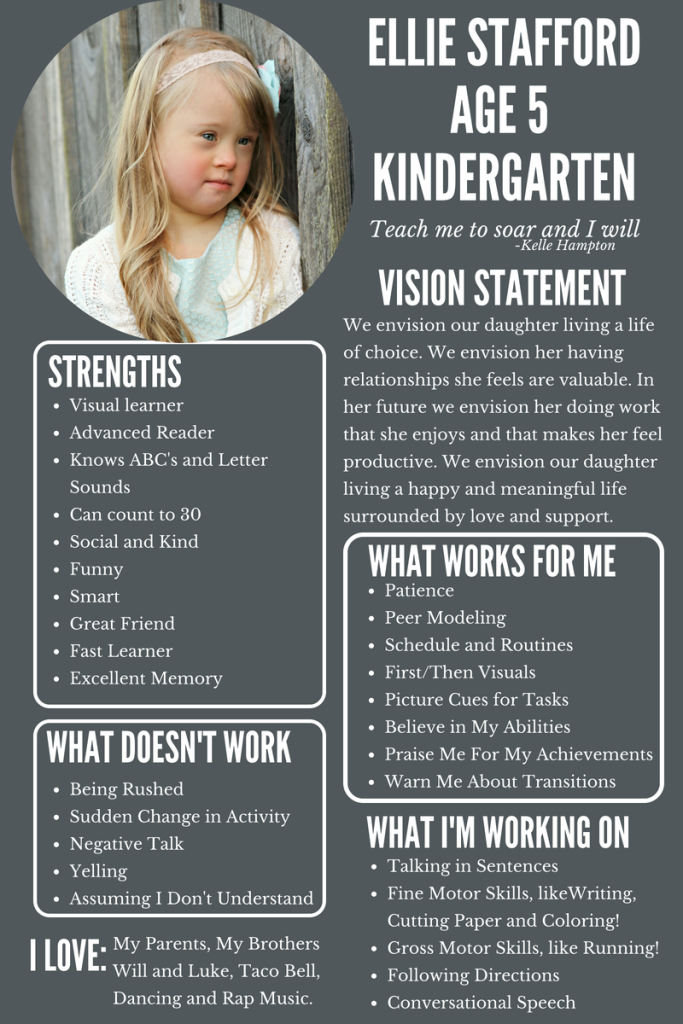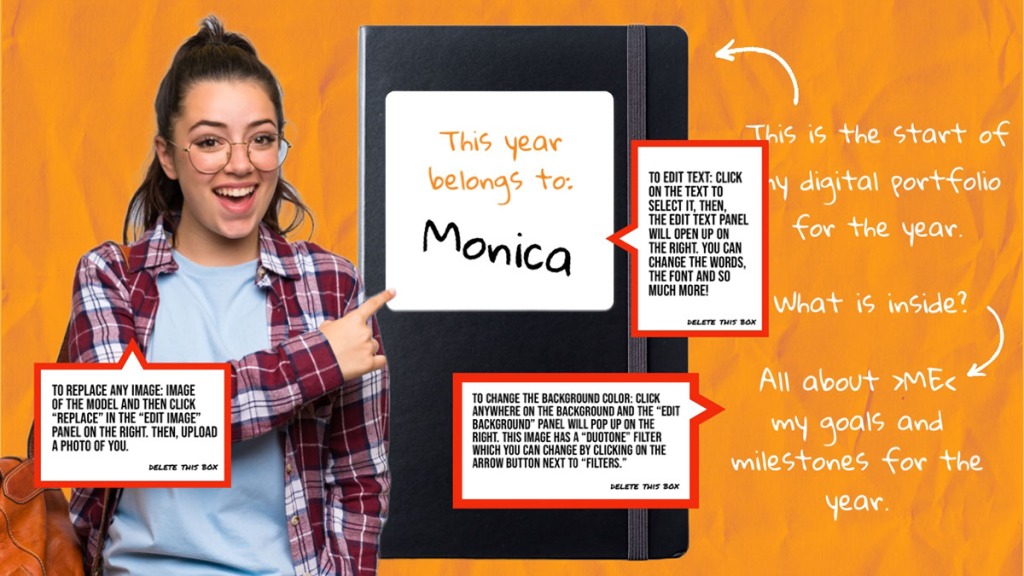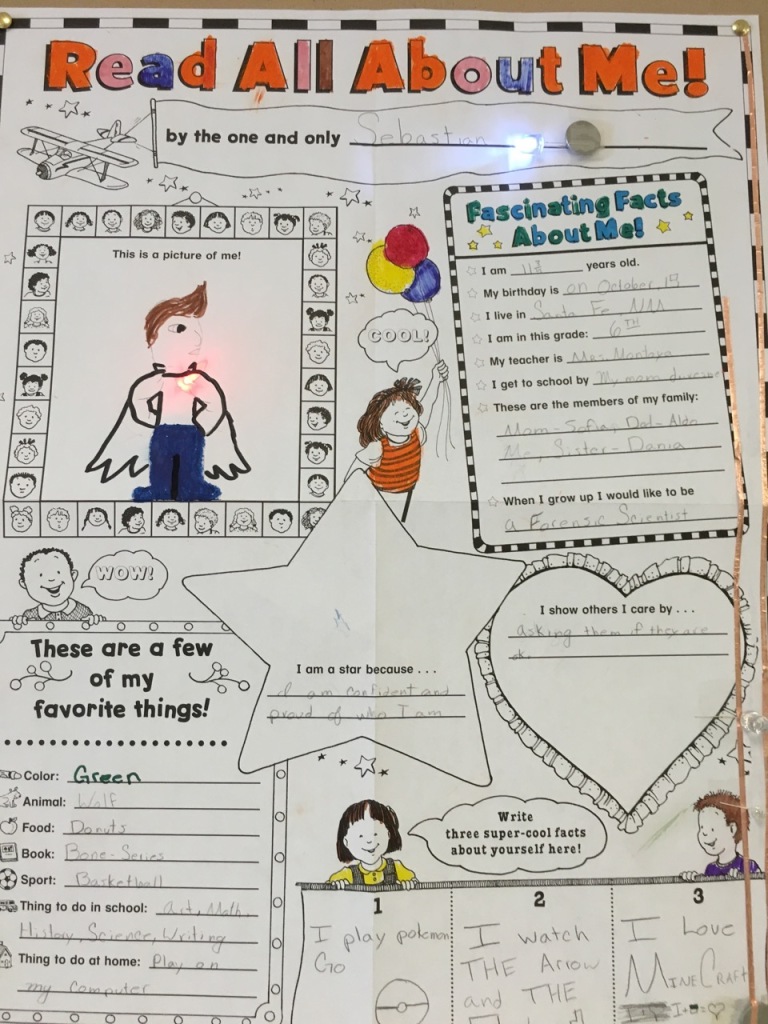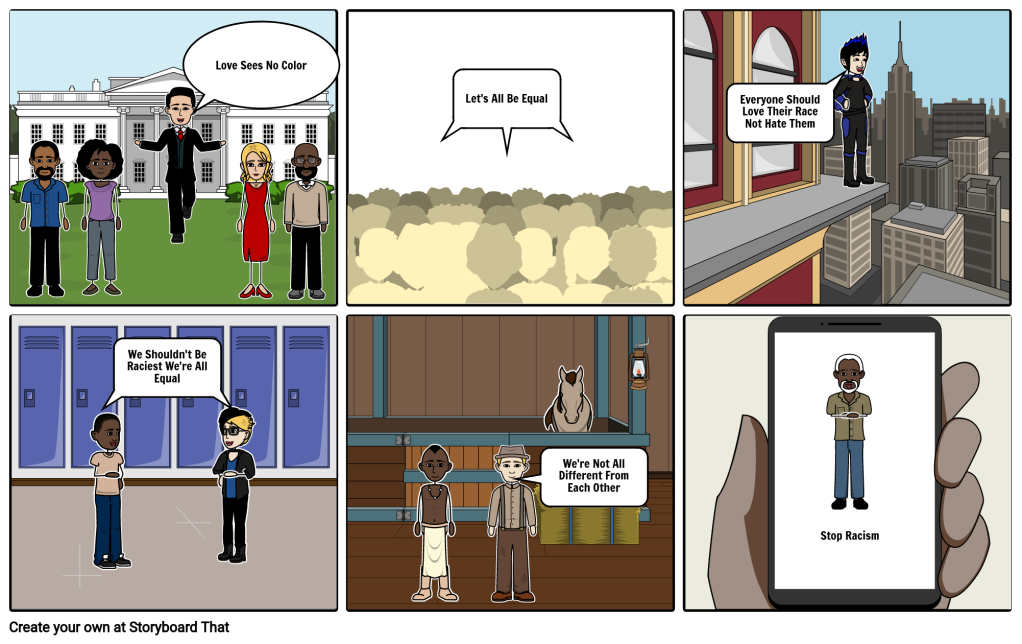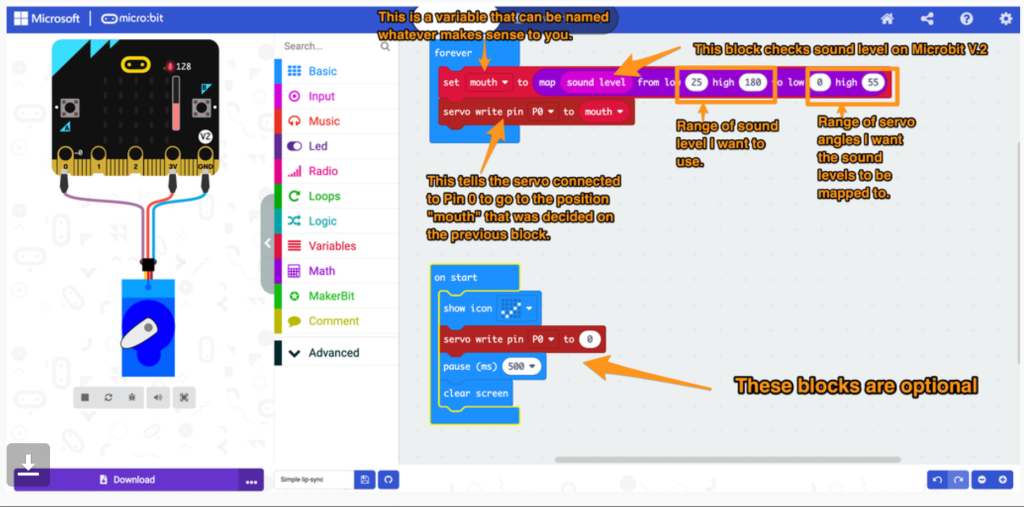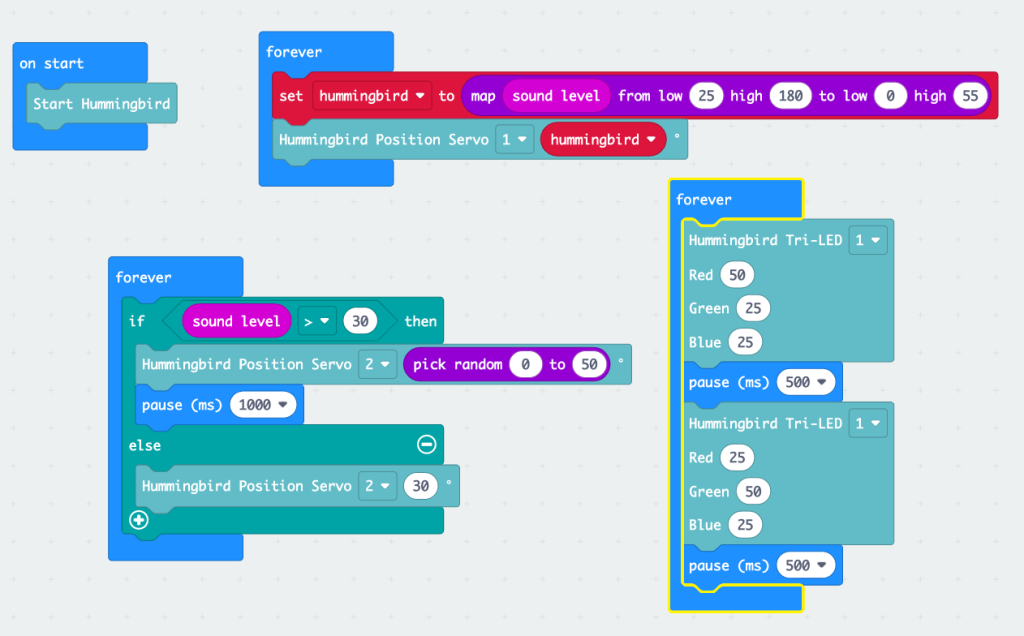Archive for the ‘Maker Education’ Category
micro:bit Projects Coded with Python
I have a strong emphasis with a few groups of my gifted students in integrating physical computing into my instructional activities. I’ve discussed the benefits of physical computing in Scratch and Makey Makey Across the Curriculum.
As I have my students in my classes for several years during their 2nd through 6th grade education, I start teaching them block coding using MakeCode and Scratch in the early grades. As such, this year, due to a desire to advance their skills, I’ve begun having the students use Python for the micro:bit to combine physical computing and learning Python.
Python is an excellent first text-based language to learn. Its instructions and syntax are based on natural language, making code easy to read, understand and modify. As well as being widely used in education, it’s used in industry, especially in the areas of data science and machine learning. Python is not just used by software developers, but also by people working in fields as diverse as medicine, physics and finance. Python on the BBC micro:bit brings the benefits of physical computing to students aged 11-14, learning programming fundamentals through text-based coding: immersive, creative experiences for students that help build engagement and knowledge (https://microbit.org/get-started/user-guide/python-editor/).
Standards Addressed
ISTE Standards for Students
- Know and use a deliberate design process for generating ideas, testing theories, creating innovative artifacts or solving authentic problems.
- Develop, test and refine prototypes as part of a cyclical design process.
- Exhibit a tolerance for ambiguity, perseverance and the capacity to work with open-ended problems.
- Create original works or responsibly repurpose or remix digital resources into new creations.
Next Generation Science Standards
- Analyze data from tests to determine similarities and differences among several design solutions to identify the best characteristics of each that can be combined into a new solution to better meet the criteria for success.
- Develop a model to generate data for iterative testing and modification of a proposed object, tool, or process such that an optimal design can be achieved.
Math Standards
- Measure angles in whole-number degrees using a protractor. Sketch angles of specified measure.
- Graph points on the coordinate plane to solve real-world and mathematical problems.
Here are some of the projects they’ve completed:
Spoon Race Using the micro:bit Python Data Logger
The Egg and Spoon race is a game where a player carries an object (like an egg) across some distance without it falling out of a holder. In the case of the Egg and Spoon, the player must carefully walk with an egg held in a spoon. The egg must remain in the spoon until the player crosses the finish line. The egg can easily roll out of the spoon so the player needs skill and patience to balance the egg until finishing the race (https://makecode.microbit.org/examples/egg-and-spoon).
The micro:bit can be programmed to record data about how much shake occurs during the race. The winner is the one with the least amount of shake. See more about it at https://microbit.org/projects/make-it-code-it/python-wireless-data-logger/.
Thanks, Katie Henry and Jacqueline Russell, for this!
The code – https://drive.google.com/file/d/1gsc1ghanyL7CvXV6HQXnzJRcLVkFN3NU/view?usp=sharing.
FYI – the students absolutely loved this!
micro:bit Pal Coded with Python
The micro:bit is coded to make a pal. It is customized with different images and the built-in speaker to make it even more fun with its expressive sounds (music, expressive sounds, and speech).
The code – https://drive.google.com/file/d/1p8RIGQIGTLloAqXwjswdxlNFvkjDuF3_/view?usp=sharing.
micro:bit Warmer-Colder Game
In this old children’s game, one player hides an object hides an object that other player seeks to find. Temperature words tell them if they are moving towards the object (getting warmer) or away from it (getting colder). In this case, the micro:bit radio function is used by the hider to give hints through the micro:bit to the seeker.
The code – https://drive.google.com/file/d/1-F8D9wx81r8ESqhi_KUA5zCy3L_8oPsQ/view?usp=sharing
Advanced micro:bit Projects: Artificial Intelligence/Teachable Machine, the Data Logger Spoon Race, and micro:bit Pal Coded with Python
I love bringing physical computing into my classrooms:
Physical computing refers to the use of tangible, embedded microcontroller-based interactive systems that can sense the world around them and/or control outputs such as lights, displays and motors. Assembling the hardware elements of a physical computer and programming it with the desired behavior provides a creative and educational experience. A variety of physical computing devices are established in the market, including: Arduino, Raspberry Pi, Circuit Playground, and the BBC micro:bit (https://www.microsoft.com/en-us/research/project/physical-computing/)
. . . but as with all use of educational technologies, I believe that it should be used intentionally to assist learners in developing and expanding their content knowledge and life skills.
Standards Addressed
ISTE Standards for Students
- Know and use a deliberate design process for generating ideas, testing theories, creating innovative artifacts or solving authentic problems.
- Develop, test and refine prototypes as part of a cyclical design process.
- Exhibit a tolerance for ambiguity, perseverance and the capacity to work with open-ended problems.
- Create original works or responsibly repurpose or remix digital resources into new creations.
Next Generation Science Standards
- Analyze data from tests to determine similarities and differences among several design solutions to identify the best characteristics of each that can be combined into a new solution to better meet the criteria for success.
- Develop a model to generate data for iterative testing and modification of a proposed object, tool, or process such that an optimal design can be achieved.
Math Standards
- Measure angles in whole-number degrees using a protractor. Sketch angles of specified measure.
- Graph points on the coordinate plane to solve real-world and mathematical problems.
Artificial Intelligence, the Teachable Machine, and micro:bits
Thanks, Cora Yang, for this!
The Data Logger Spoon Race with micro:bits and MakeCode
Thanks, Katie Henry and Jacqueline Russell, for this!
The micro:bit Python editor can also be used to code the data logger for the spoon race:
micro:bit Pal Coded with Python
Python is an excellent first text-based language to learn. Its instructions and syntax are based on natural language, making code easy to read, understand and modify. As well as being widely used in education, it’s used in industry, especially in the areas of data science and machine learning. Python is not just used by software developers, but also by people working in fields as diverse as medicine, physics and finance. Python on the BBC micro:bit brings the benefits of physical computing to students aged 11-14, learning programming fundamentals through text-based coding: immersive, creative experiences for students that help build engagement and knowledge (https://microbit.org/get-started/user-guide/python-editor/).
Here is a micro:bit pal coded with Python example that I will share with my students:
. . . and the code is:
Here are some student micro:bit pals coded with Python:
Monster Project Using Makey Makeys and Scratch
This project takes the Monster Project enhancing it with interactivity created through using Scratch and Makey Makeys. It was inspired by the Makey Makey Hack a Toy Lesson. Part of the lesson included the 5th graders interviewing 1st graders. This Edutopia article discussed the benefits of interviewing – Learning to Interview Builds a Range of Communication Skills.
Making the Monsters
A 1st grade teacher was asked to have her student draw monsters.

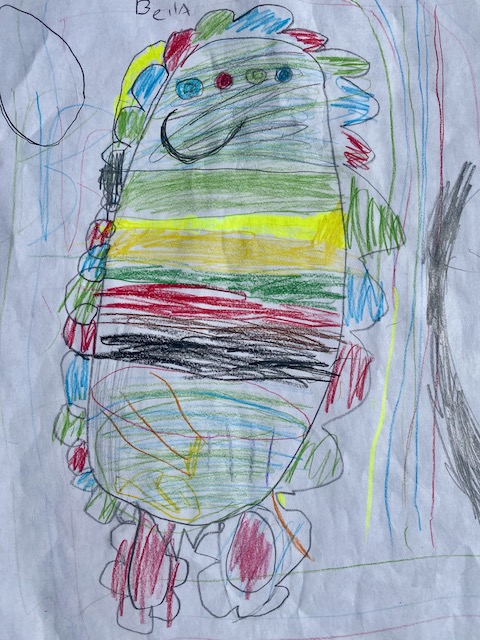
The 5th graders used felt to recreate the 1st graders’ drawing using felt. They were then sewn together with yarn and stuffed with filling.
Preparing the Plushy
The SAGE students created larger versions of the 1st graders’ drawn monsters through using felt pieces for the base and the features of the drawing, adding a back, sewing it today with yarn, and stuffing it
Interviewing the 1st Graders
The interview questions were developed by the SAGE students first by brainstorming ideas on the Promethean board, and second sharing them on a Google Doc so they each had a copy:
Interviews
The SAGE 5th graders interviewed the 1st graders about their Monsters using Vocaroo. It produces a MP3 file which is compatible with Scratch. This file is downloaded.
Preparing the Files in Scratch
The SAGE students then uploads their MP3 files into Scratch where it is edited into clips of sounds. This link gives some details how to do so https://helpkidscreate.com/adding-audio-to-scratch/.


See more of their code:
- Elizabeth – https://scratch.mit.edu/projects/793092586
- Tao – https://scratch.mit.edu/projects/811334666/
- Emily – https://scratch.mit.edu/projects/827406003
- Valerie – https://scratch.mit.edu/projects/796614386
- Emily (Spanish Version) – https://scratch.mit.edu/projects/830970807
After the 5th graders made the plushies, they prepared them to be connected to the Makey Makey by taping in conductive tape and sewing in conductive thread as described in https://makeymakey.com/blogs/how-to-instructions/maker-class-lesson-two-hack-a-toy


The Reveal to the 1st Graders
When all of the projects were complete, they were set up in our classroom and the 1st graders were brought in for the reveal.
Presenting Their Projects at Our Innovation Fair
Several SAGE students presented their Monster Projects at our district’s innovation fair.
Extra – Animated Drawings and Blabberize
As an extra project and to enable younger students to get more involved with the technology, the older students can help them animated their drawings using https://sketch.metademolab.com/:
which can then be uploaded to Canva to create a party of multiple monsters:
To learn how to do this, see the @theMerrillsEDU tutorial at https://youtu.be/JTukQCTj2fo?si=kdsM0vTyekRLFaRY
or Blabberize their monsters.
- http://blabberize.com/view/id/2165233
- http://blabberize.com/view/id/2165238?secret=f97ef182
- http://blabberize.com/view/id/2165250
- http://blabberize.com/view/id/2165249
- http://blabberize.com/view/id/2159218
Standards Addressed
CCSS – English Language Arts
- Interpret information presented in diverse media and formats (e.g., visually, quantitatively, orally) and explain how it contributes to a topic, text, or issue under study.
National Core Arts Standards
- Students will generate and conceptualize artistic ideas and work.
CSTA Standards
- Decompose (break down) problems into smaller, manageable subproblems to facilitate the program development process.
- Modify, remix, or incorporate portions of an existing program into one’s own work, to develop something new or add more advanced features.
ISTE Standards for Students
- Students create original works or responsibly repurpose or remix digital resources into new creations.
- Students publish or present content that customizes the message and medium for their intended audiences.
NAGC (National Association for Gifted Children) Standards
- Standard 1: Gifted individuals demonstrate skills, abilities, and potential commensurate with high performance.
- The project demonstrates the students’ advanced skills in creativity, problem-solving, and technical proficiency in programming and electronics.
- Standard 2: Gifted individuals demonstrate task commitment and perseverance to high-level work.
- The project showcases the students’ commitment and perseverance as they went through multiple stages, from creating stuffed animals to conducting interviews, programming, and connecting the Makey Makeys.
- Standard 3: Gifted individuals demonstrate creativity and risk-taking.
- The project involves the students’ creative thinking and risk-taking as they transformed the monster drawings into physical stuffed animals and integrated technology to make the interviews interactive.
- Standard 4: Gifted individuals demonstrate the ability to work both independently and within groups.
- The project required the students to collaborate within their group to complete different aspects, such as designing the stuffed animals, conducting interviews, programming in Scratch, and connecting the Makey Makeys.
- Standard 5: Gifted individuals demonstrate effective communication skills.
- The students exercised their communication skills during the interviews with the 1st graders and also used technology to convey their messages through the Scratch programming language and the Makey Makey connections.
- Standard 8: Gifted individuals demonstrate sensitivity to their own and others’ well-being.
- The project fostered empathy and awareness as the older students interacted with the 1st graders and translated their drawings into tangible stuffed animals, providing a sense of validation and pride for the younger children
Winter Holiday Display: A Great STREAM Project
I love celebrating the holidays and calendar events with my gifted students from my bilingual, Title 1 school. I ask them to make artifacts and displays that showcase both their talents and the holiday (see my blog posts about Dia de las Muertos and Pi Day for examples.) Not only are the projects fun, engaging, and exciting, they also provide opportunities for students to gain STEM/STEAM/STREAM knowledge and skills that address interdisciplinary standards. For this year, 2022, they created displays that included components for Christmas, Hanukah, and Kwanzaa. To do so, they . . .
- researched different components of the holidays, and created posters to go with the displays
- used art and engineering to make kinaras, gingerbread houses, and dreidels
- wired and used LEDs to light up their kinaras and gingerbread houses
- programmed micro:bits and Circuit Playgrounds to go with their displays
Introduction
I live in New Mexico. Knowledge of Hanukah and Kwanzaa is limited by our state population. so I began this project with holiday themed Kahoot quizzes (the kids love Kahoots). I think Kahoot quizzes are a great way to introduce new information to students. Here is a list of the ones I did with students:
- https://create.kahoot.it/share/winter-holidays/0a011bba-b79e-4044-9374-af7092aacc80
- https://create.kahoot.it/share/winter-holidays/332f63a4-e53d-45a1-8c87-c2328244c78d
- https://create.kahoot.it/share/winter-holidays-around-the-world/939312a6-cbca-4e4e-abdd-777433dc9846
During the quizzes, I visited websites to show students more information about the content being covered.
- Acquire and use accurately grade-appropriate general academic and domain specific words and phrases, including those that signal precise actions, emotions, or states of being and that are basic to a particular topic.
Researching the Different Winter Holidays
This is is the R in STREAM which translates into reading and writing. “STREAM adds one more layer to STEM and STEAM: reading and wRiting. Advocates of STREAM see literacy as an essential part of a well-rounded curriculum, as it requires critical thinking as well as creativity. STREAM projects are similar to STEM or STEAM, but fold in the components of reading and writing” (STEM vs. STEAM vs. STREAM: What’s the Difference?).
After selecting from a list of holiday-related topics, students researched, selected key points, and found applicable images to create posters for the displays. Here are the posters they created (noting that we are a bilingual Spanish class so some of them are in Spanish):
- Conduct short as well as more sustained research projects based on focused questions, demonstrating understanding of the subject under investigation.
- Draw evidence from literary or informational texts to support analysis, reflection, and research.
- Acquire and use accurately grade-appropriate general academic and domain specific words and phrases, including those that signal precise actions, emotions, or states of being and that are basic to a particular topic.
Hanukah Dreidels
Kathy Ceceri developed the Circuit Playground Dreidel – https://learn.adafruit.com/CPX-Mystery-Dreidel/overview. Kathy has them cut out their cardstock dreidels from a PDF. I created a template in Cricut so they could be cut out ahead of time. Here is a link to it https://design.cricut.com/landing/project-detail/6380fecebf31eaf51e587127. Due to the complexity of the code, students were provided with the one developed by Kathy.
Another kind of dreidel was made using CDs – see https://minds-in-bloom.com/make-dreidel-out-of-cd/.
Finally, students get to play the dreidel game (happening this coming week).
Standards Addressed
Next Generation Science Standards – Engineering
- Define a simple design problem reflecting a need or a want that includes specified criteria for success and constraints on materials, time, or cost.
- Social studies programs should include experiences that provide for the study of culture and cultural diversity.
- Anchor Standard #1. Generate and conceptualize artistic ideas and work.
- Anchor Standard #2. Organize and develop artistic ideas and work.
- Anchor Standard #3. Refine and complete artistic work.
Making Kinaras
“The kinara is a seven-branched candleholder used in Kwanzaa celebrations in the United States. During the week-long celebration of Kwanzaa, seven candles are placed in the kinara—three red on the left, three green on the right, and a single black candle in the center. The word kinara is a Swahili word that means candle holder. The seven candles represent the Seven Principles (or Nguzo Saba) of Kwanzaa. Red, green, and black are the symbolic colors of the holiday” (https://en.wikipedia.org/wiki/Kinara).
Students created the kinara by making tissue paper candle holders to make the kinara candles. See the Lighting section below on how they were lighted.
Standards Addressed
- Social studies programs should include experiences that provide for the study of culture and cultural diversity.
Making Gingerbread Houses
Making gingerbread houses is typically associated with Christmas time and it is a great activity for students. I purchased kits at deeply discounted websites like Five Below prior to the Christmas session. This means that the kits are quite old but they aren’t for eating, they are for display. To add another element of fun, I cut out the doors and filled them with Isomalt. This permitted students to add lights inside to micmic how a house might look like during Christmas (see next section on lighting).

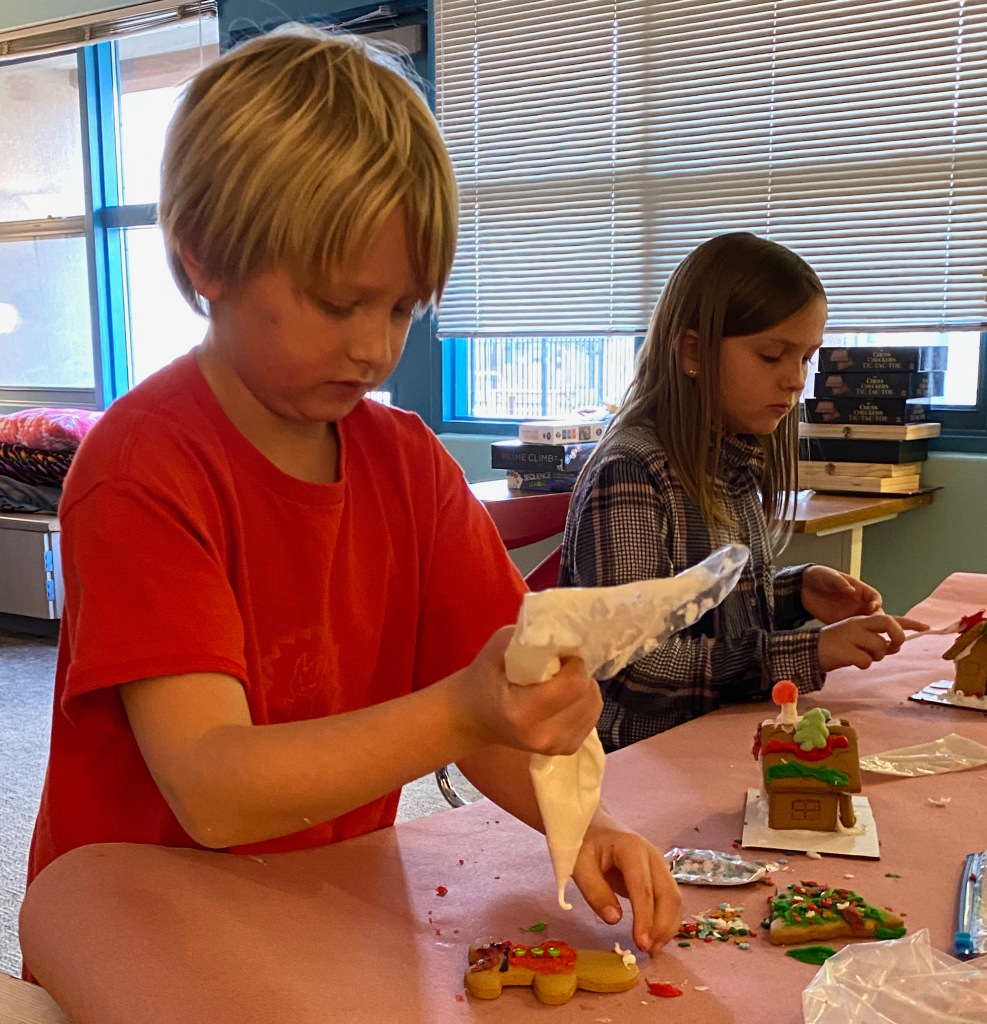
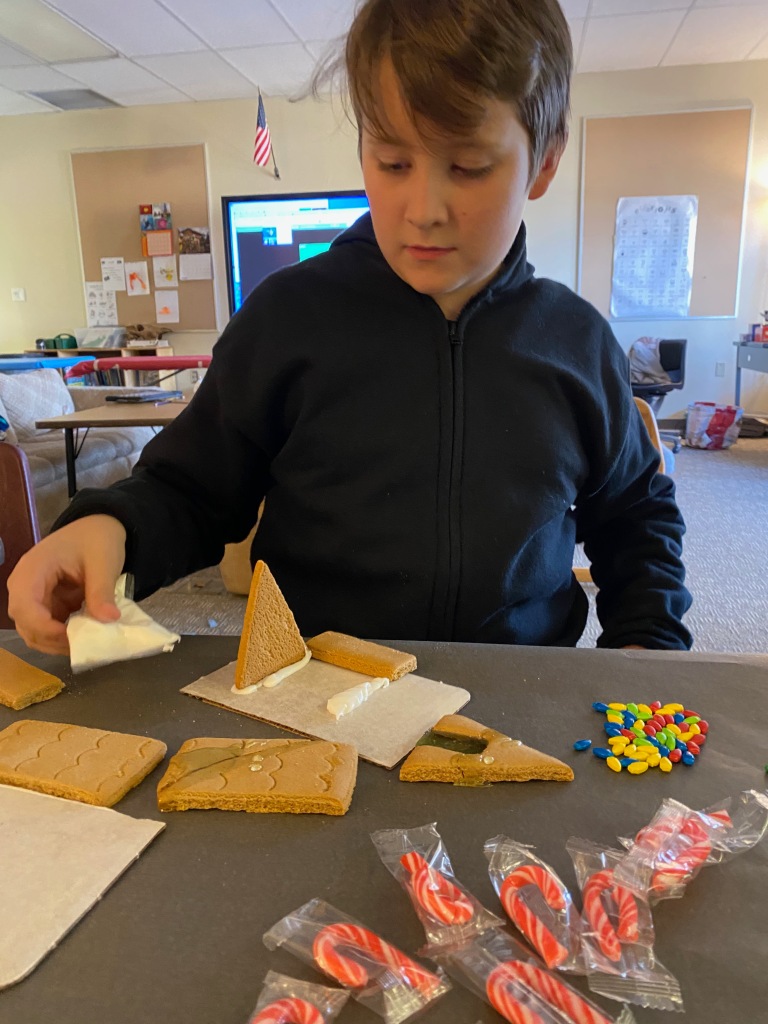



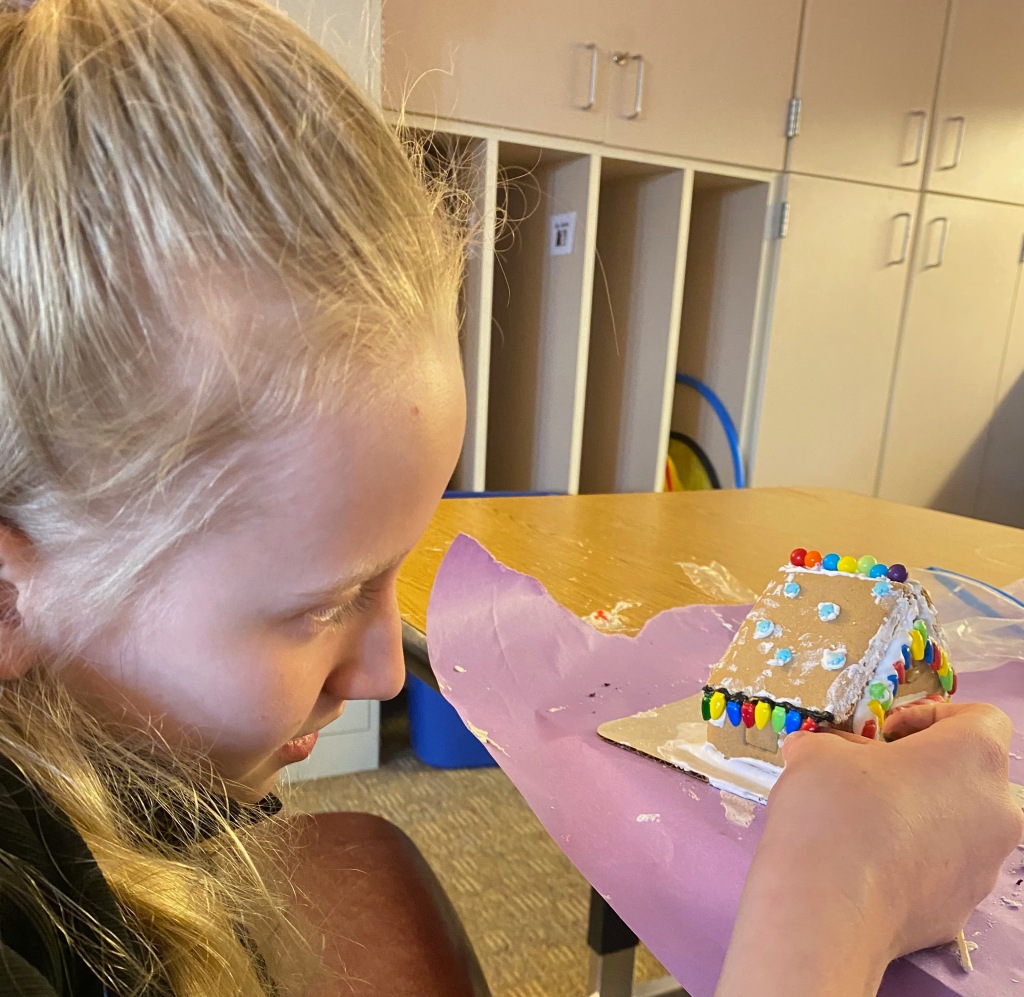
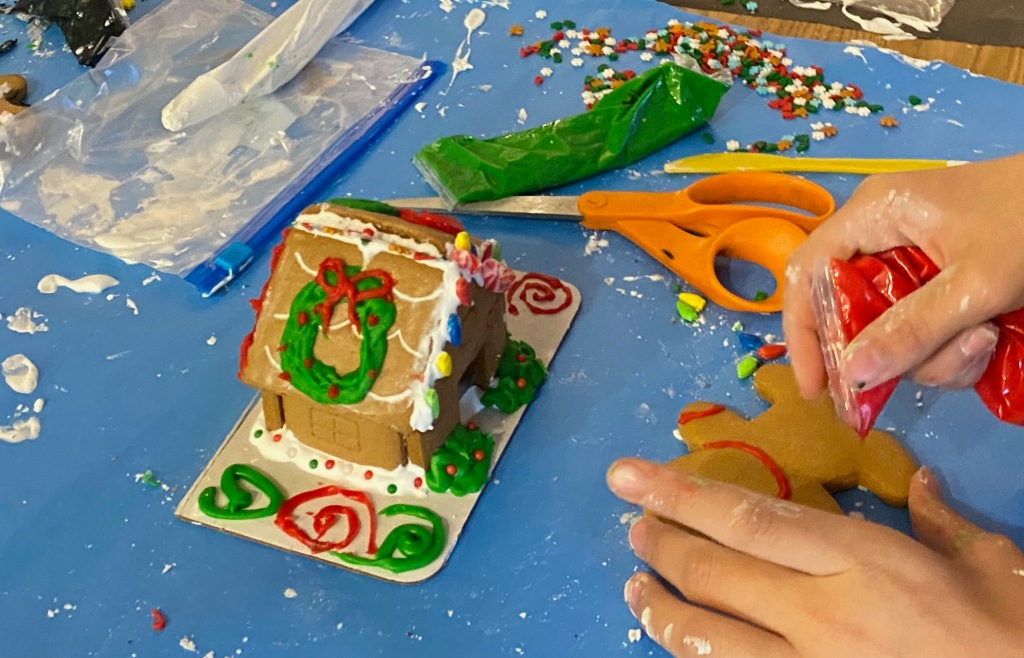

Standards Addressed
Next Generation Science Standards – Engineering
- Define a simple design problem reflecting a need or a want that includes specified criteria for success and constraints on materials, time, or cost.
- Anchor Standard #1. Generate and conceptualize artistic ideas and work.
- Anchor Standard #2. Organize and develop artistic ideas and work.
- Anchor Standard #3. Refine and complete artistic work.
Lighting Up the Kwanzaa Kinaras and Gingerbread Houses
Students learned some basics of electrical circuits using blinking LEDs. For their Kwanzaa Kinaras, they made simple LED/3V Lithium battery connections – see https://youtu.be/pIDB56RYT5M on how to do this.
To light up the inside of the gingerbread houses, the students combined 3 pre-wired LEDs (resistor built in) and a 9v battery in a series circuit (there wasn’t enough power for more than 3 in the circuit). One of the pre-wired blinking lights was placed in each of the gingerbread houses. The basics of how to do this can be found via this tutorial – https://youtu.be/DcN0Xlw7nko.
During the process of making and testing their circuits, we discussed how circuits worked, polarity, and conductive/insulting materials. The following video can help explain electrical circuits to younger students – https://youtu.be/HOFp8bHTN30
Standards Addressed
Next Generation Science Standards – Energy
- Make observations to provide evidence that energy can be transferred from place to place by sound, light, heat, and electric currents.
Lighting and Signage Using micro:bits
micro:bits were used to create signs wishing happy holidays. They were also used to light up Neopixel rings and strips.Here are some resources for the micro:bit component of the display:
- micro:bit Holiday Activities – https://microbit.org/news/2020-12-03/microbit-holiday-activities/
- Using Neopixels with the micro:bit – https://support.microbit.org/support/solutions/articles/19000130206-using-neopixels-with-the-micro-bit
- Sample Neopixel Makecode – https://makecode.microbit.org/72931-87952-73243-42587 and https://makecode.microbit.org/_VbyT1DT7uDKp
Standards Addressed
- Create programs that include sequences, events, loops, and conditionals.
- Modify, remix, or incorporate portions of an existing program into one’s own work, to develop something new or add more advanced features.
Next Generation Science Standards – Energy
- Make observations to provide evidence that energy can be transferred from place to place by sound, light, heat, and electric currents.
Math Connection
Although, I didn’t do so this year, I have included a math component to gingerbread house making in the past whereby students needed to learn about and calculate the perimeter and area of their creations (see Gingerbread House Making: A Fun and Engaging Cross-Curricular Lesson).
Dia de Muertos & Halloween Displays: A Meow Wolf-ish STREAM Lesson
I have the privilege of teaching gifted education in Santa Fe, New Mexico. Two unique characteristics of living and working here is (1) there is a strong Mexican population who have retained their beautiful culture – language, culture, food, and holiday, and (2) it is the birthplace of Meow Wolf, unique and immersive art installations with multimedia elements and a mysterious narrative throughout; whose mission is to inspire creativity in people’s lives through art, exploration, and play so that imagination will transform our worlds.
Because of these unique elements in my community, each year I ask the students to create Dia de los Muertos and/or Halloween story-driven and technology-enhanced displays which are put in the front foyers of my schools for the students and visitors to enjoy. They are project-based, high engagement (as students can draw on their individual strengths within their teams), and focus on student voice and choice. In other words, these projects become strong STREAM (Science, Technology, wRiting, Engineering, Art, Math)-based lessons which translates into being interdisciplinary. I believe all lessons should be interdisciplinary as I discuss in https://usergeneratededucation.wordpress.com/2019/01/13/all-lessons-should-be-interdisciplinary:
Standards Addressed
Due to the project’s cross disciplinary nature, standards were addressed from several disciplines:
Common Core State Standards – ELA
- CCSS.ELA-LITERACY.W.5.3 – Write narratives to develop real or imagined experiences or events using effective technique, descriptive details, and clear event sequences.
- CCSS.ELA-LITERACY.W.5.6 – With some guidance and support from adults, use technology, including the Internet, to produce and publish writing as well as to interact and collaborate with others.
- CCSS.ELA-LITERACY.W.5.10 – Write routinely over extended time frames (time for research, reflection, and revision) and shorter time frames (a single sitting or a day or two) for a range of discipline-specific tasks, purposes, and audiences.
Science Standard
- NGSS: 4-PS3-2. Make observations to provide evidence that energy can be transferred from place to place by sound, light, heat, and electric currents.
GSS Engineering Standards
- 3-5-ETS1-1. Define a simple design problem reflecting a need or a want that includes specified criteria for success and
- constraints on materials, time, or cost.
- 3-5-ETS1-2. Generate and compare multiple possible solutions to a problem based on how well each is likely to meet the criteria and constraints of the problem.
ISTE Standards for Students
- Know and use a deliberate design process for generating ideas, testing theories, creating innovative artifacts or solving authentic problems.
- Develop, test and refine prototypes as part of a cyclical design process.
- Exhibit a tolerance for ambiguity, perseverance and the capacity to work with open-ended problems.
- Create original works or responsibly repurpose or remix digital resources into new creations.
National Core Arts Standards
- Anchor Standard #1. Generate and conceptualize artistic ideas and work.
- Anchor Standard #2. Organize and develop artistic ideas and work.
- Anchor Standard #3. Refine and complete artistic work.
National Standards in Gifted and Talented Education
- 1.1. Self-Understanding. Students with gifts and talents recognize their interests, strengths, and needs in cognitive, creative, social, emotional, and psychological areas.
- 1.5. Cognitive, Psychosocial, and Affective Growth. Students with gifts and talents demonstrate cognitive growth and psychosocial skills that support their talent development as a result of meaningful and challenging learning activities that address their unique characteristics and needs.
The Lesson
One of the schools where I teach (I teach at two schools) has a large Mexican (self-identifying term) population and as such, each grade has a bilingual class. My students from this school were asked to create stories and displays based on Dia de los Muertos.
The events were as follows:
- Write a Thematic Story
- Review Possible Projects for Story
- Create Artifacts and Display
Write a Story About Dia de los Muertos or Halloween
With the older students, grades 4 through 6, I reviewed the story arc and explained that they needed to include all of those elements within their stories. With the younger kids, grades 2 and 3, I talked about characters, setting, and plot and reinforced including these elements in their stories. There were 2 to 4 students per group, so they collaborated on their stories using Google Docs. What follows is one of the stories written in English and then translated into Spanish:
English Version
Spanish Version
Links to Other Stories
- The Chupacabre – 5th and 6th Graders: https://docs.google.com/document/d/1rZEbwaanXQM8V83DbmQ9FmxAze0moZjSkICJLF5SaQw/edit?usp=sharing
- Story by 4th Graders: https://docs.google.com/document/d/1XWX3tPK_eiLavBDyIY5HRhwa5YHvWvsVGVrm4Kr5at8/edit?usp=sharing
- The Haunted House – 2nd and 3rd Graders: https://docs.google.com/document/d/1YFCodaGgBIDqp-DUx1Q1_DH9mrMWO3DPOHlr62jyr_E/edit?usp=sharing
- Story by 2nd Graders: https://docs.google.com/document/d/1C5uLkTLJmBhE78xkyg01TnTgIdJQyueFacgvuIQnEss/edit?usp=sharing
Story as a Storyboard That Comic
One student requested and created his group’s story as a comic as his other two groups members wrote their story out on Google Docs. Here are a few of his cells.



The rest can be view at https://www.storyboardthat.com/portal/storyboards/cdamm/classroom-public/unknown-story3
Review Possible Projects for Story Display
For possible artifacts to create their story-driven displays and as a way to honor voice and choice, students could select from the following projects:
If interested in a specific project, I would either provide the interested student and/or group with a link to a tutorial or give a mini-lesson on it.
Create Artifacts and Display
Individual groups selected a combination of the following artifacts:
- micro:bit Characters
- Neopixels – micro:bit driven
- Servos – micro:bit driven
- Sugar Skulls
- Paper Circuits Skulls and Pumpkins
- Laser Cut Objects Out of Wood
- Cardboard Construction Kits
- Jack-O-Lanterns Lit by Circuit Playgrounds
- Hummingbird Bits for Servos and Lights
Here is a slideshow of the students’ creation efforts:
Personal Reflection
The joy both my students experience throughout the lesson is palatable. I love listening to their excitement as they develop their stories. I love watching their smiles as they create their elements for their stories. I love seeing their bodies shake with excitement when their displays are complete, and I love witnessing their pride when the other students excitedly approach and comment on their displays.
Because I have students in my gifted program throughout their elementary years, I love seeing their excitement when we begin this project each year. I always try to introduce some new possibilities for their display elements each year. For example, this year I introduced and taught Hummingbird Bits which I learned about during a PD workshop this past summer. In addition, since I blog about this project each year as a means to document both students’ and my learning, I can see my own progress. Here is the blog post from the first two years I did it – Halloween Wars: An Interdisciplinary Lesson with a STEM, STEAM, Maker Education Focus. During the first year, I provided students with cookies, ping pong balls, LED lights, gummy worms, candy skeletons – no physical computing. So, for me, it is great to see my own growth, too.
Physical Computing with micro:bits and Makecode
I am quite fond of facilitating physical computing activities with my learners as I’ve discussed in Scratch and Makey Makey Across the Curriculum . For that post I created the following graphic to represent the benefits of physical computing. I think it is important to extend the use of coding and microcontrollers into creating physical objects for the following reasons:
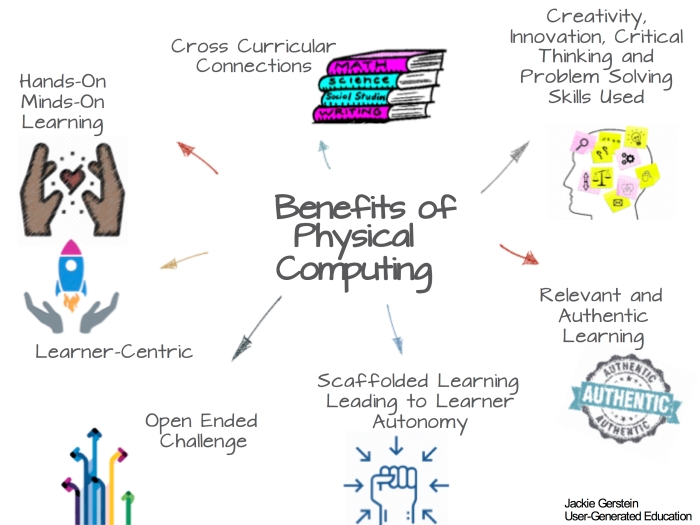
Standards Addressed
ISTE Standards for Students
- Know and use a deliberate design process for generating ideas, testing theories, creating innovative artifacts or solving authentic problems.
- Develop, test and refine prototypes as part of a cyclical design process.
- Exhibit a tolerance for ambiguity, perseverance and the capacity to work with open-ended problems.
- Create original works or responsibly repurpose or remix digital resources into new creations.
Next Generation Science Standards
- Analyze data from tests to determine similarities and differences among several design solutions to identify the best characteristics of each that can be combined into a new solution to better meet the criteria for success.
- Develop a model to generate data for iterative testing and modification of a proposed object, tool, or process such that an optimal design can be achieved.
micro:bit Activities
The following slide deck contains the list of micro:bit activities completed by my summer campers. It includes the Makecode for the more advanced projects:
Here are examples of student projects:
Lip Syncing Characters Using micro:bits and Hummingbirds
I am quite fond of facilitating physical computing activities with my learners as I’ve discussed in Scratch and Makey Makey Across the Curriculum . For that post I created the following graphic to represent the benefits of physical computing. I think it is important to extend the use of coding microcontrollers into making physical objects for the following reasons:

Lip Syncing Characters with a micro:bit and a Servo
I was excited to find Cecilia Hillway‘s (she’s so very talented!) Lip-Syncing Characters With Micro:bit – https://www.instructables.com/Lip-Syncing-Characters-With-Microbit/. Here is her video overview of her processes:
. . . and here are some examples of what my students did over the school year and what Cecilia’s kids did this summer:
Cecilia’s provided a Makecode graphic for the project:
I recreated this Makecode – https://makecode.microbit.org/_aRfexJ44aEpk
Lip Syncing Characters with a Hummingbird
A Hummingbird by Birdbrain is a kit of lights, sensors, and motors which allows students to create personally meaningful robots out of any materials. As part of her Instructables, Cecilia described her use of Hummingbird to add more features to the Lip Syncing Characters. It was a bit complicated for me so I used the kit to add a second servo to have her arm move and a flashing light to highlight my character’s name.
With the help of the folks from Codejoy, a Makecode was created for this project.
Here is the makecode – https://makecode.microbit.org/_1Ex1vYcqbF0r
